.jpg)
At the program, Dr. Ngo Ngoc Tri - Head of Project Management Department, Danang University of Technology provided an overview of BIM; BIM policy mechanisms, standards and guidelines; BIM environment and tool platform; BIM application process in project management; CDE and Navisworks common data environment.
Dr. Ngo Ngoc Tri said that there are many different definitions of BIM. According to the general guidance document on BIM application of the Ministry of Construction, BIM can be understood as the use of advances in information technology to digitize construction information expressed through 3D spatial models to support the design, construction, and operation management of the project.
.jpg)
BIM not only contains 3D models but also project information and data; there is coordination and information sharing throughout the design, construction, operation and maintenance process of the project.
Project information will be accumulated, managed and transferred smoothly through the project phases. This will make the management and operation of the project easier; there will be more information for managers to make decisions about operation and maintenance.
Using BIM will reduce unforeseen changes by up to 40%; cost estimates are 3% more accurate than traditional estimates; and time spent on estimates is reduced by up to 80%. In addition, savings of up to 10% of contract value through clash detection; reduction of up to 7% in project implementation time; savings of 13% in project value; savings of 70% in project operating costs.
At the conference, students were also informed about policies, standards and guidelines for applying BIM; including Decree No. 175 dated December 30, 2024 of the Government detailing a number of articles and measures to implement the Construction Law on construction management.
Article 8 of Decree No. 175 clearly stipulates the application of building information modeling (BIM) in construction activities and digital technology solutions. For example, BIM is applied to projects of group B or higher at the beginning of the project and is only required to be applied to new construction works of level II or higher in the project.
Source: https://baoquangnam.vn/quang-nam-boi-duong-kien-thuc-ve-bim-trong-quan-ly-du-an-xay-dung-3151948.html



![[Photo] General Secretary concludes visit to Azerbaijan, departs for visit to Russian Federation](https://vphoto.vietnam.vn/thumb/1200x675/vietnam/resource/IMAGE/2025/5/8/7a135ad280314b66917ad278ce0e26fa)
![[Photo] Prime Minister Pham Minh Chinh meets with the Policy Advisory Council on Private Economic Development](https://vphoto.vietnam.vn/thumb/1200x675/vietnam/resource/IMAGE/2025/5/8/387da60b85cc489ab2aed8442fc3b14a)

![[Photo] President Luong Cuong presents the decision to appoint Deputy Head of the Office of the President](https://vphoto.vietnam.vn/thumb/1200x675/vietnam/resource/IMAGE/2025/5/8/501f8ee192f3476ab9f7579c57b423ad)
![[Photo] National Assembly Chairman Tran Thanh Man chairs the meeting of the Subcommittee on Documents of the First National Assembly Party Congress](https://vphoto.vietnam.vn/thumb/1200x675/vietnam/resource/IMAGE/2025/5/8/72b19a73d94a4affab411fd8c87f4f8d)


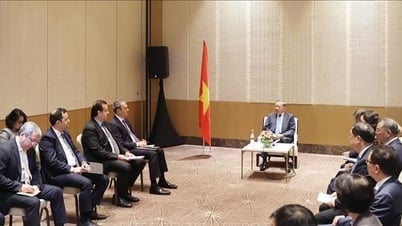

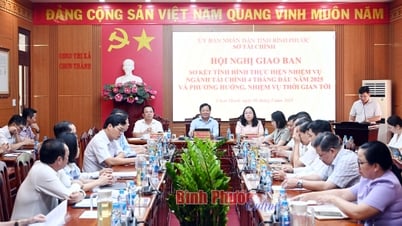








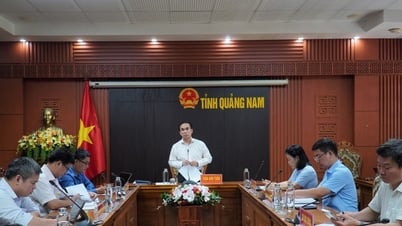

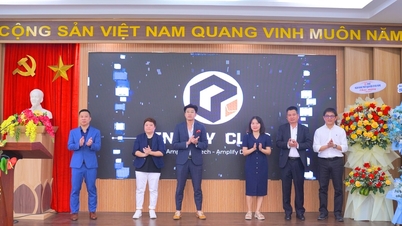

































![[Photo] Prime Minister Pham Minh Chinh talks on the phone with Singaporean Prime Minister Lawrence Wong](https://vphoto.vietnam.vn/thumb/402x226/vietnam/resource/IMAGE/2025/5/8/e2eab082d9bc4fc4a360b28fa0ab94de)












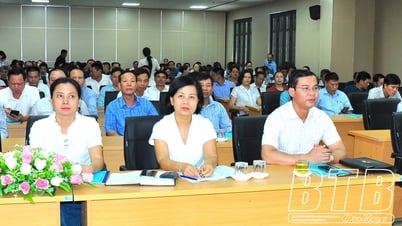
















Comment (0)